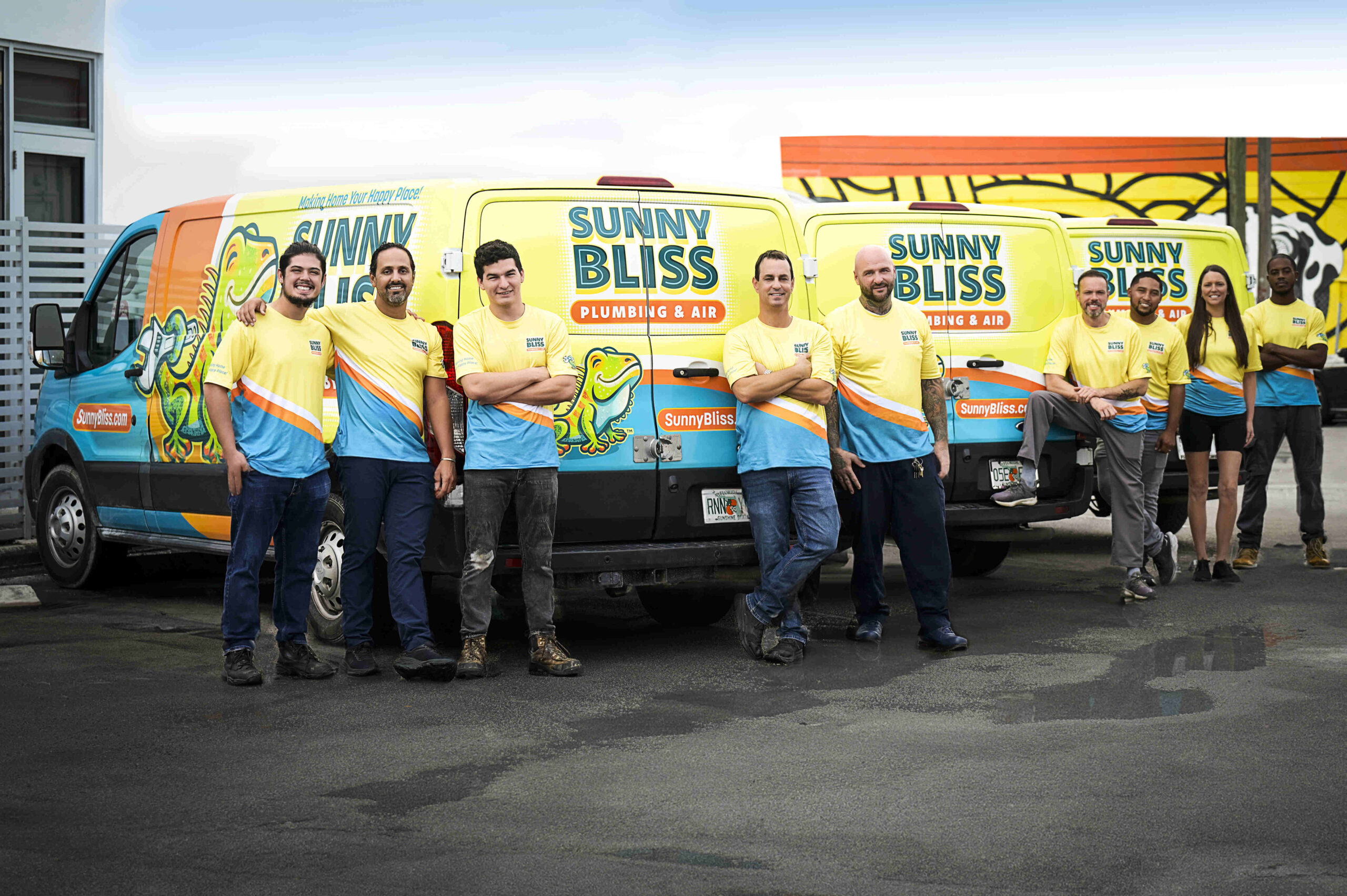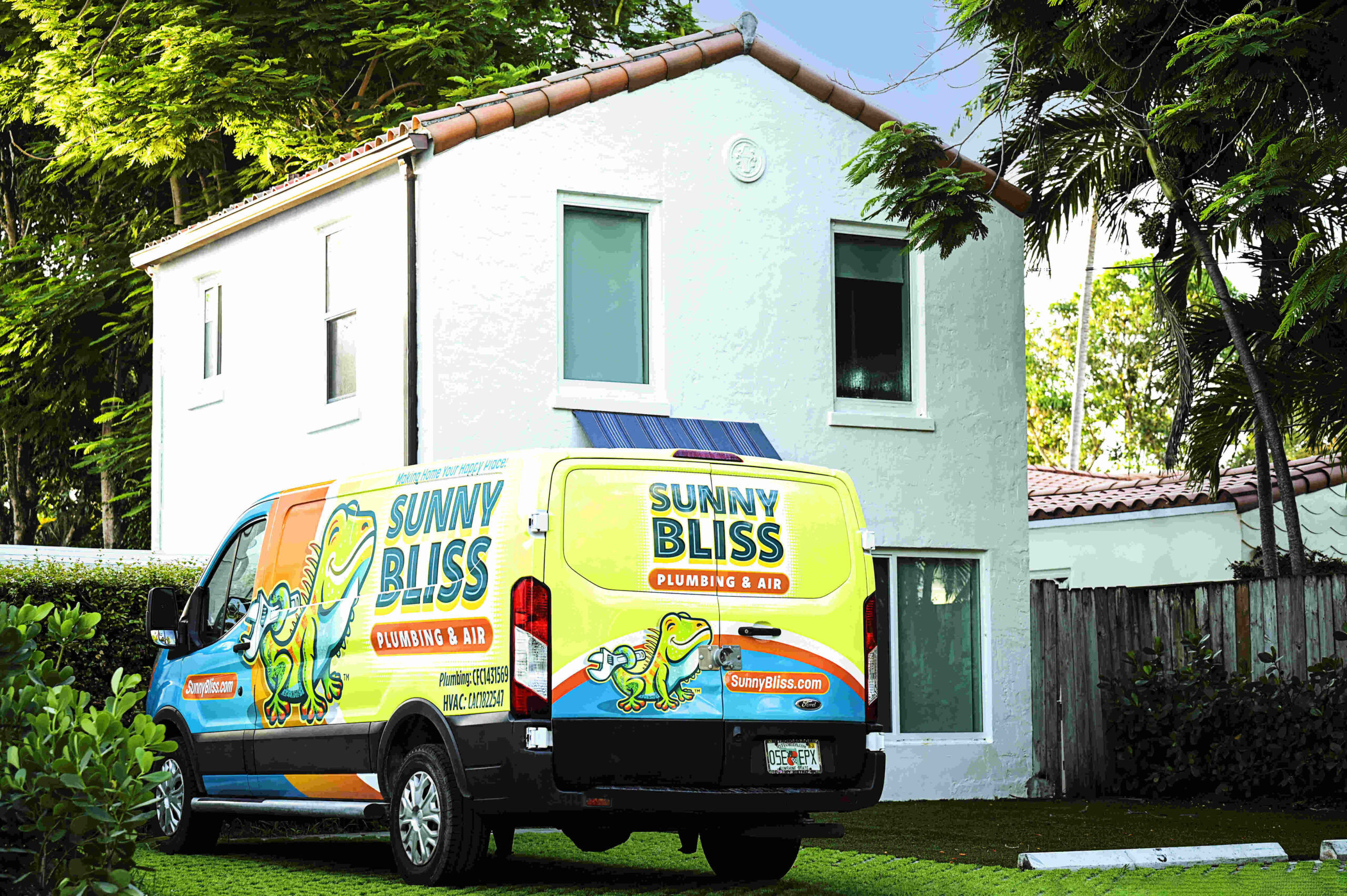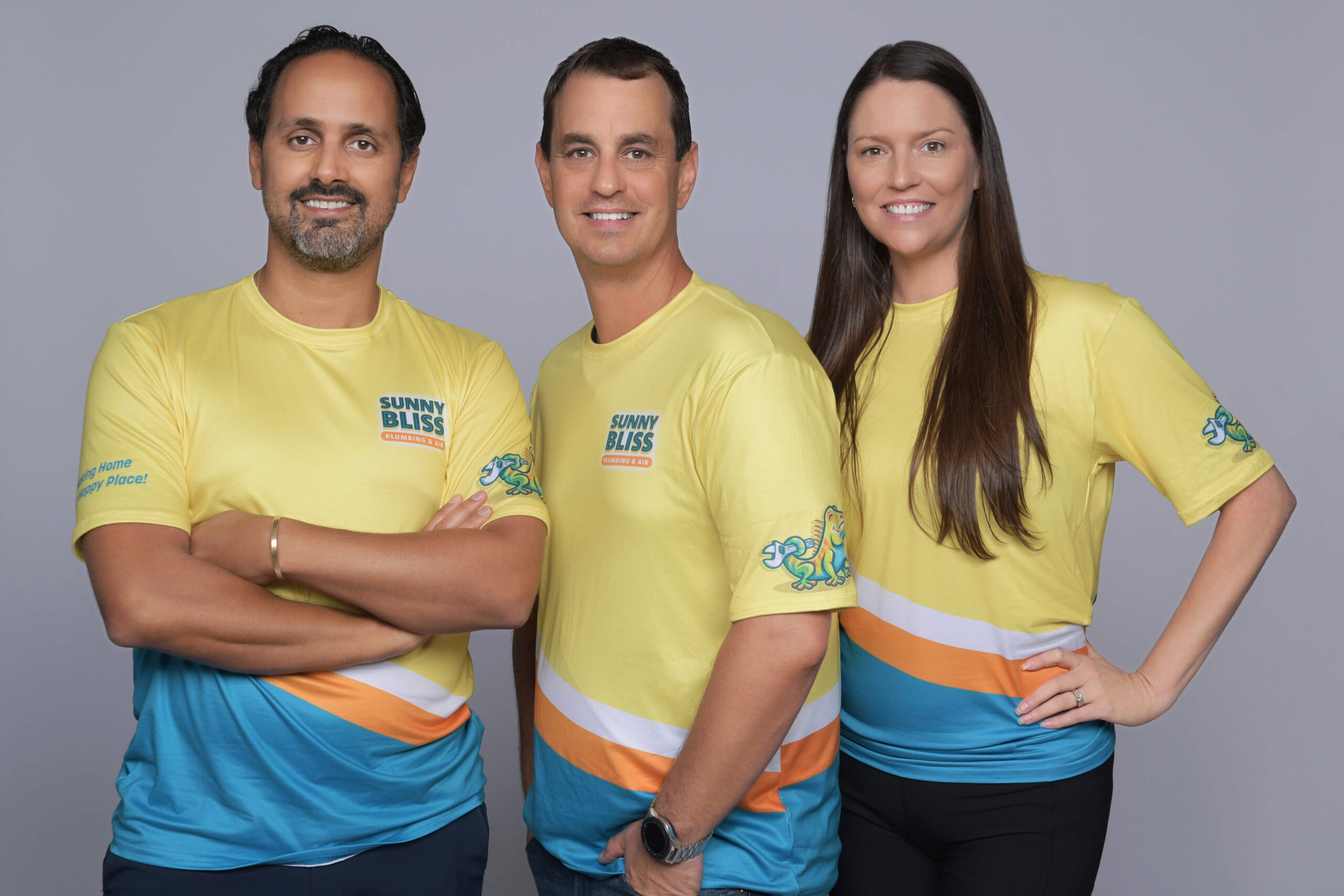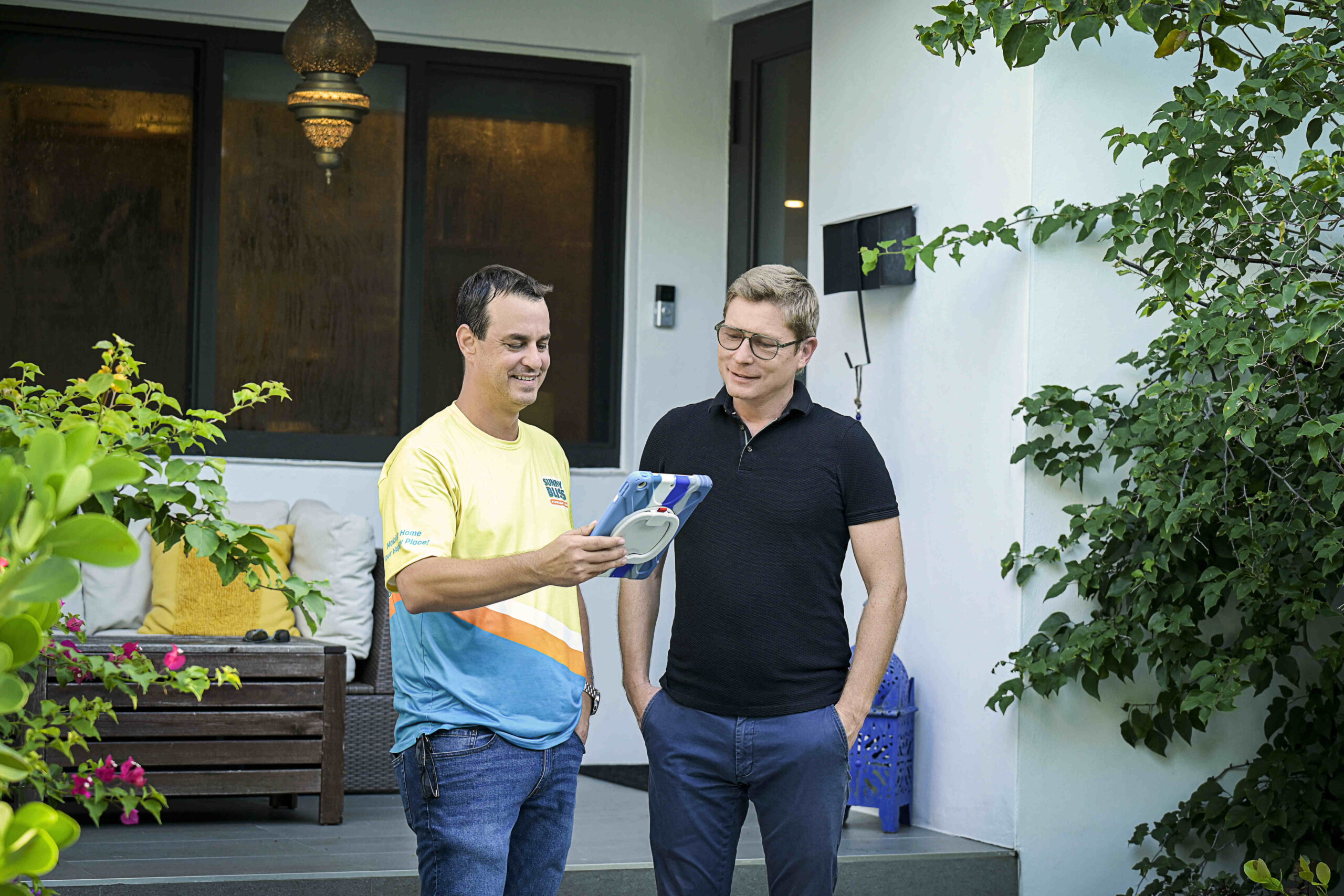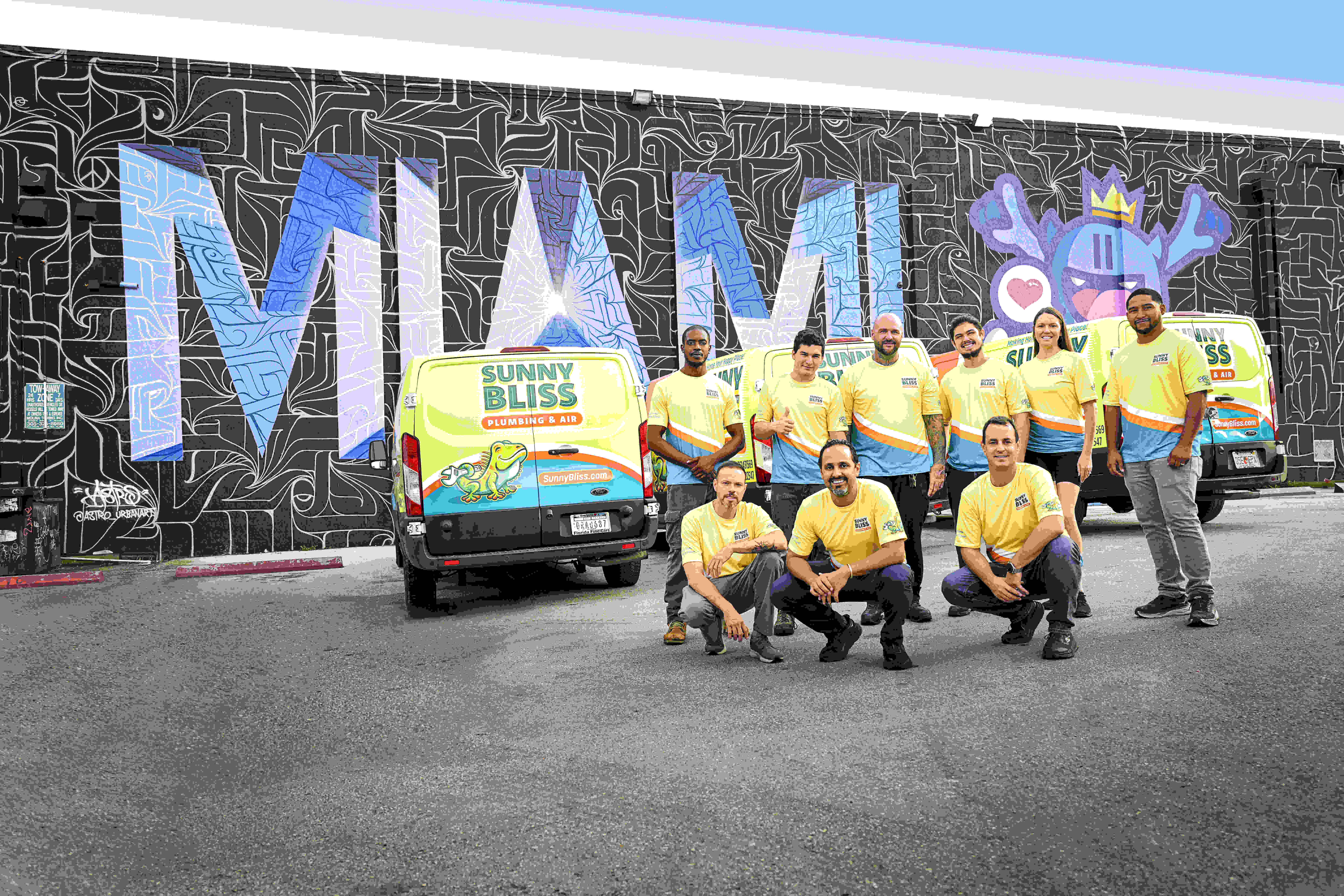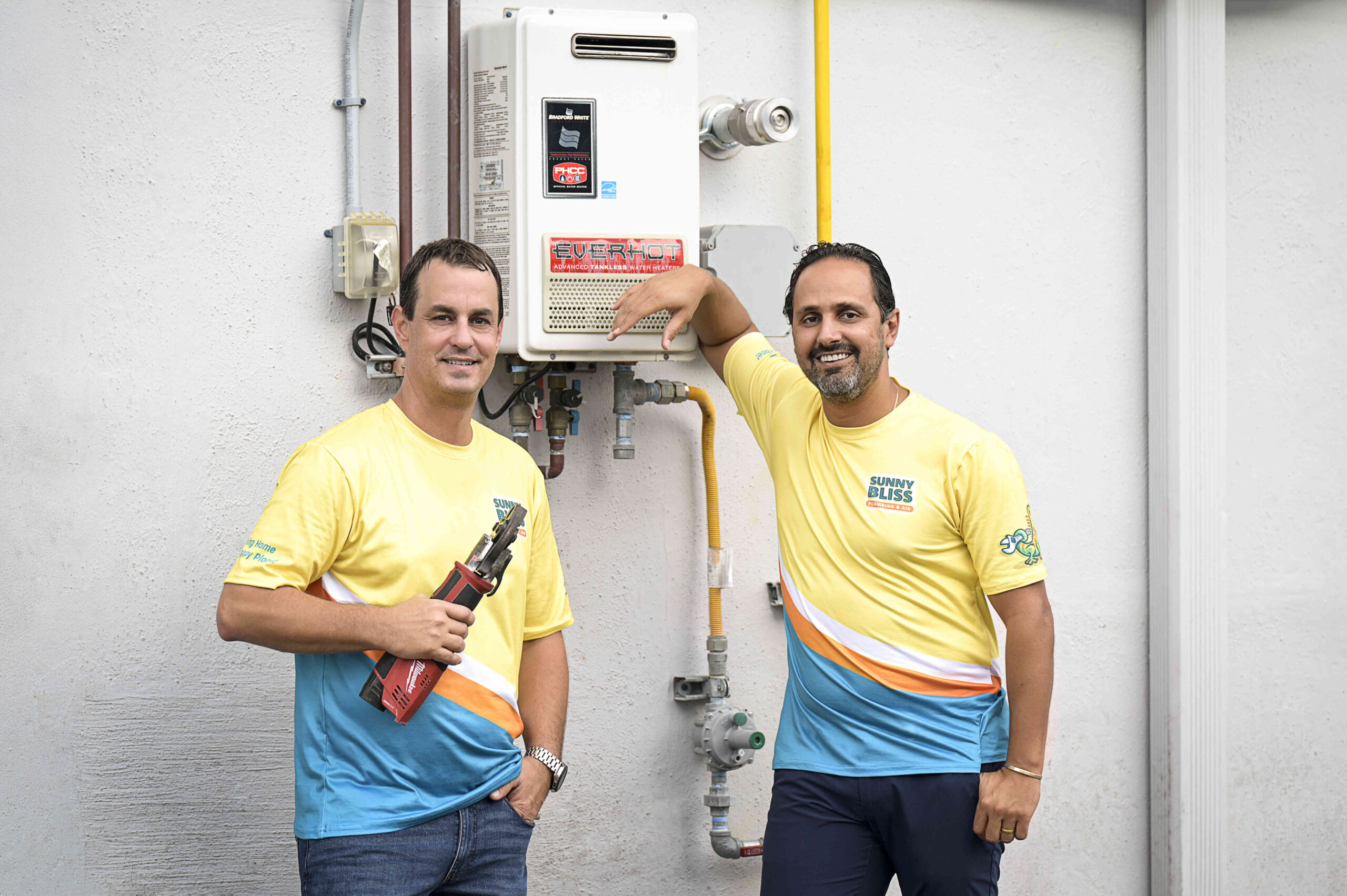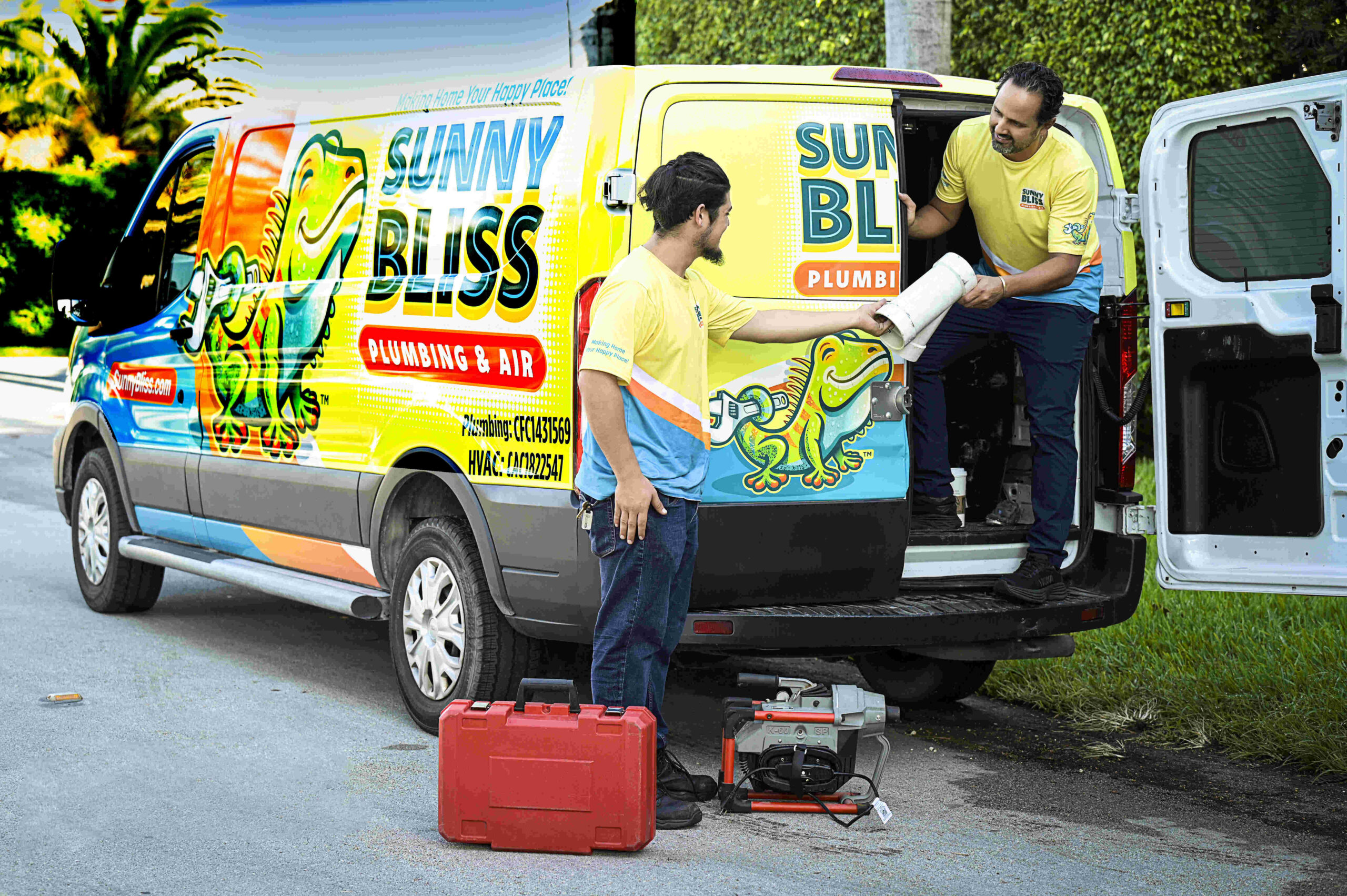1. What is hydrojetting and how does it work?
Hydrojetting is a specialized plumbing technique that utilizes high-pressure water jets to clear blockages and clean the interior of pipes. During the process, a professional technician inserts a flexible hose with a nozzle into the affected pipe. The nozzle emits a powerful stream of water that dislodges debris, grease, and buildup, effectively restoring the pipe’s flow.
2. What are the benefits of hydrojetting compared to traditional drain cleaning methods?
Hydrojetting offers several advantages over traditional methods, such as snaking. It not only clears clogs but also thoroughly cleans the pipe walls, reducing the likelihood of future blockages. Additionally, hydrojetting is environmentally friendly, as it uses only water without harsh chemicals. This method is also effective for larger pipes and more stubborn obstructions.
3. Is hydrojetting safe for all types of plumbing systems?
While hydrojetting is generally safe for most plumbing systems, it is essential to evaluate the condition of the pipes beforehand. Older or weakened pipes may be at risk of damage from high-pressure water. A qualified technician will conduct a thorough inspection to determine if hydrojetting is appropriate for your specific plumbing system.
4. How often should I consider hydrojetting for my plumbing?
The frequency of hydrojetting depends on various factors, including the age of your plumbing, the type of materials used, and your water usage habits. As a general guideline, scheduling hydrojetting every 1 to 2 years can help maintain ideal flow and prevent major clogs. However, if you frequently experience blockages, more frequent hydrojetting may be advisable.
5. What should I expect during a hydrojetting service?
During a hydrojetting service, a technician will first conduct a video inspection of your pipes to identify the exact location and cause of the blockage. After evaluating the situation, they will set up the hydrojetting equipment and begin the cleaning process. The service typically takes a few hours, and you can expect your plumbing to be greatly improved upon completion. The technician will also provide recommendations for ongoing maintenance to prevent future issues.

